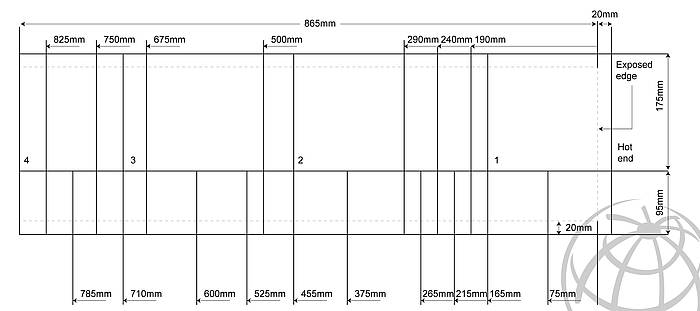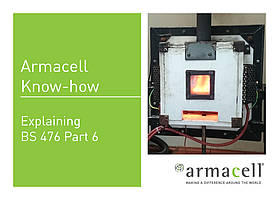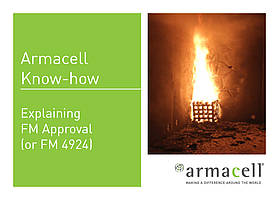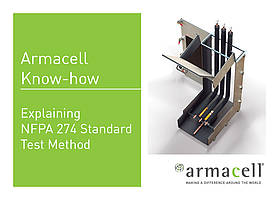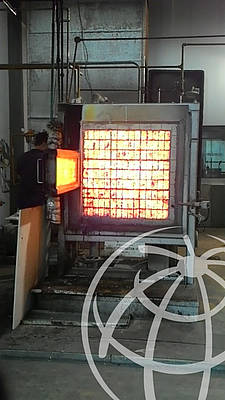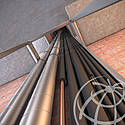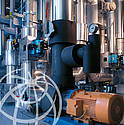British Standard BS 476 Part 7 Fire Test
BS 476 refers to the British standard for fire tests on building materials and structures. This test standard is split into two parts: Part 6 and Part 7. Part 7 specifies the test method for measuring the lateral spread of flame along the surface of a test specimen.
How is Part 7 tested?
The setup: A combustion chamber containing a horizontal gas burner tube and two electrical heating elements is placed below a removable steel chimney and cowl (specimen holder). The specimen is placed in a vertical test position adjacent to the radiation panel, within 5 seconds of igniting a pilot flame.
The procedure: The specimen is set on fire by a pilot flame and this flame is extinguished after a minute. The material might start to burn and the test is terminated when the flame front reaches the 825mm reference line, or after 10 minutes has lapsed, whichever is earlier.
The result: During the test, the following measurements are recorded:
- Time at which the flame front crosses each vertical reference line
- Maximum extent of flame spread during the first 1.5 minutes from the start of the test
- Maximum extent of flame spread during the whole test (i.e. 10 minutes or less, where applicable)
- Time (and distance) at which the maximum flame spread reached.
The flame spread at 1.5 minutes and the final flame spread results are compared with the standard class limits as shown in figure below and a classification is assigned.
What does this mean for my project?
Materials that conform to BS476 provides added assurance about the materials contributing to the overall safety of building occupants in the event of a fire.
If Class 1 classification is required, look out for materials that have been tested according to BS 476 Part 7.
If Class 0 classification is required, the material must either:
- Be composed throughout of materials of limited combustibility, or
- Tested to be a Class 1 material (classified if the material passes the Part 7 test) AND passes the Part 6 test where it has a fire propagation index (I) of not more than 12 and sub-index (i1) of not more than 6.
